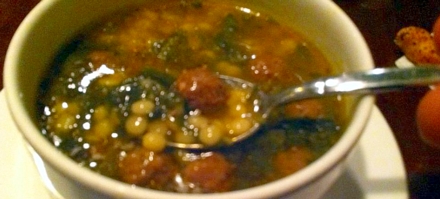Here is what I am reading today:
“Cultural differences between the West and East are well documented, but a study shows that concrete differences also exist in how British and Chinese people recognize people and the world around them. Easterners really do look at the world differently to Westerners, according to new research funded by the Economic and Social Research Council (ESRC).”
“Researchers have found a way to study how our brains assess the behavior — and likely future actions — of others during competitive social interactions. Their study, described in a paper in the Proceedings of the National Academy of Sciences, is the first to use a computational approach to tease out differing patterns of brain activity during these interactions, the researchers report.”
“Cambridge scientists have, for the first time, created cerebral cortex cells – those that make up the brain’s grey matter – from a small sample of human skin. The researchers’ findings, which were funded by Alzheimer’s Research UK and the Wellcome Trust, were published today in Nature Neuroscience.”
“Placebos reduce pain by creating an expectation of relief. Distraction — say, doing a puzzle — relieves it by keeping the brain busy. But do they use the same brain processes? Neuromaging suggests they do. When applying a placebo, scientists see activity in the dorsolateral prefrontal cortex. That’s the part of the brain that controls high-level cognitive functions like working memory and attention — which is what you use to do that distracting puzzle.”
“A painless bit of electrical current applied to the brain helped some people play a video game, and someday it might help Alzheimer’s disease patients remember what they’ve learned, a small study suggests. “
“A research team in Taiwan has succeeded in isolating two nerve cells in fruit fly brains that are believed to be the major players in allowing for the formation of long term memories. Furthermore, they’ve also found the genes that appear to be essential in creating related proteins that allow such memories to be saved. They have published a paper describing their work in Science.”
“The goal of our project is to provide a window into the brain of the man who helped establish the scientific study of memory and unfailingly forgot the enormously generous contribution he made to medical research. “
“Researchers at the Salk Institute have discovered a startling feature of early brain development that helps to explain how complex neuron wiring patterns are programmed using just a handful of critical genes. The findings, published in Cell, may help scientists develop new therapies for neurological disorders, such as amyotrophic lateral sclerosis (ALS), and provide insight into certain cancers.”
“Drivers who consume cannabis within three hours of driving are nearly twice as likely to cause a vehicle collision as those who are not under the influence of drugs or alcohol claims a paper published recently on the British Medical Journal website.”
“Whether or not you know any high school students that actually get nine hours of sleep each night, that’s what U.S. federal guidelines currently prescribe.”



3 Comments
astiers · February 14, 2012 at 3:09 pm
The article titled “is it real or is it placebo” illustrates the influence of research on patient care. The new study provides another method for treating patients suffering from chronic or short-term pain. But it is surprising that this combined therapy hasn’t been studied before. It seems logical that 2 therapies would be better than one, especially since no drugs are being administered. I would think that these practices may already be in practice prior to the publication of this study. Hopefully now they will be more widely utilized in relieving pain.
astiers · February 14, 2012 at 3:22 pm
In response to “sleep, high school and test results”:
Even though 9 hours of sleep is recommended for teens, I doubt that the majority of students get more than 7 hours a night. The study conducted at BYU, supports the notion that students get enough sleep to function at their highest level. Students may not get 9 hours of sleep on school nights, but many do catch up on the weekend, sleeping until 1 or 2pm. I believe that students know how much sleep they need and can survive the occasional all-nighter. We are tougher than we get credit for sometimes.
N8 · February 15, 2012 at 11:06 pm
“Sleep, high school, and test results”
It is very interesting how as you get older the optimal number of hours for one to sleep actually drops. If I recall correctly something I heard in another class getting too much or too little sleep (I think the numbers were under 6.5 or 7 and over 9) puts one at a significantly greater risk for major heart problems. It would be very interesting to extend the data provided by this study and see (via a graph) how the optimal hours of sleep an individual should get changes through life as they age. I know with my parents it often seems like they can get by with around 5 hours of sleep, but I bet at some point the number has to stop going down and start going back up.
Comments are closed.